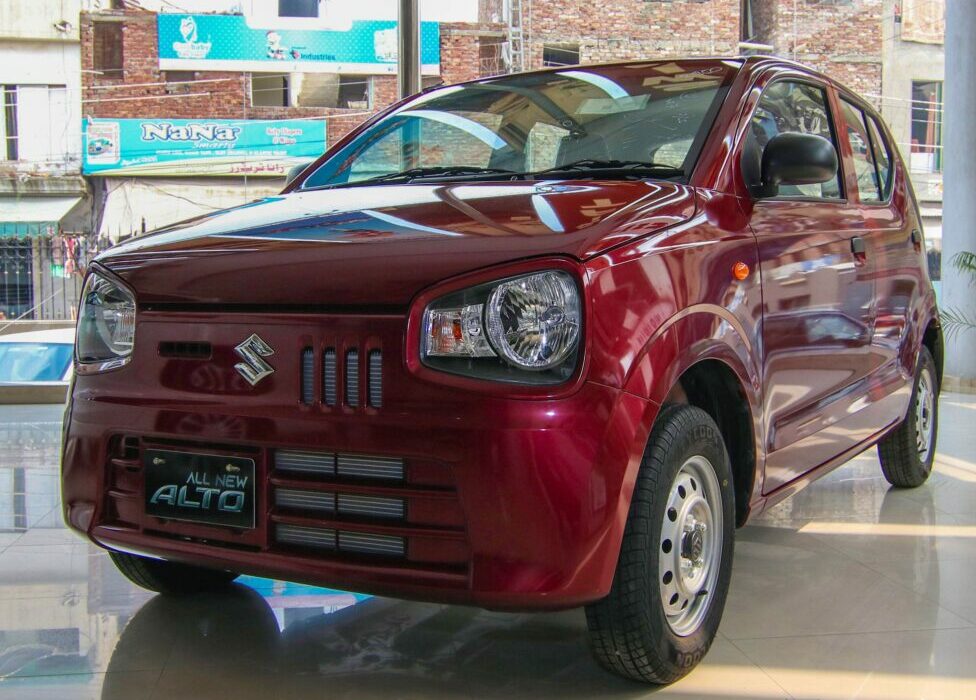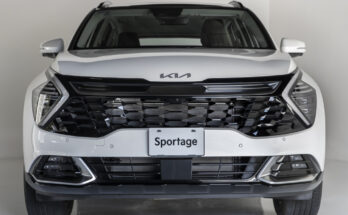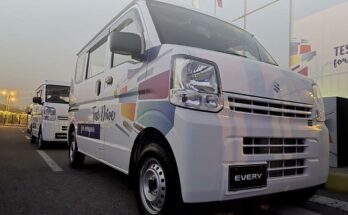In the recently concluded FY23, a total of just 96,812 units of locally assembled vehicles were sold, down 59% against 234,180 units sold during FY22 according to the data released by the Pakistan Automobile Manufacturers Association (PAMA). This is also the first time ever that the sales of PAMA members which include big names such as Toyota, Suzuki, Honda, Isuzu, Gandhara (Chery), Sazgar (Haval & BAIC), and Hyundai stood below the 100,000 units mark in a fiscal year.
Import restrictions that were put in place to save the outflow of precious foreign reserves, caused a crippling supply chain issue and were a major factor in the enormous reduction in sales during FY23. In the absence of genuine localization, due to a lack of inventory in hand, most of the mainstream players have been observing non-production days and plant shutdowns, as the “local” auto industry remains heavily dependent on imports.
Related: Japanese, Korean, or Chinese, Who Sells the Most Obsolete Cars in Pakistan?
However, if we dissect, the sales of mass-market cars (sedans & hatchbacks) have suffered from an average cumulative decline of around 65%, however, in the case of super-expensive SUVs & 4x4s, the decline in sales is hardly around 37% on average.
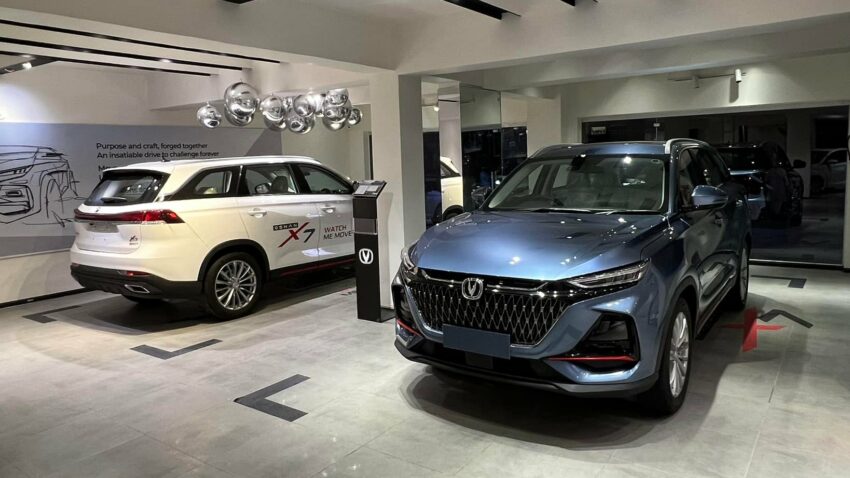
To make matters worse, car financing has been in a slump due to rising near-prohibitive bank lending rates (which is now a whopping 23% of interest) and SBP’s tightening of auto financing restrictions. Given that around 40% of new car sales used to come via bank financing, a large impact on sales volume is understandable since it’s nearly impossible for anyone (at least salaried class) to purchase a car via financing. As a result, it is fair to assume that most of the vehicles sold during FY23 were mostly purchased in cash.
Related: FY23 was Nothing Less Than a Nightmare for Local Auto Industry
There were nevertheless automobile buyers in the market who brought new cars during the year (probably on cash), despite outrageously expensive cars, scarce market stocks, delivery delays, and halted bookings, all the while most customers faced decreased purchasing power. As petrol costs increased, it is possible that people might have traded down their models by selling their larger cars and purchasing a more fuel-efficient newer one like the Alto. Even if that argument was assumed correct, overall volumes have not increased in relation to the base from the previous year. During FY23, sales of fuel-efficient models such as Cultus, Wagon-R, and Alto all experienced declines of roughly 70%, 77%, and 50%, respectively.
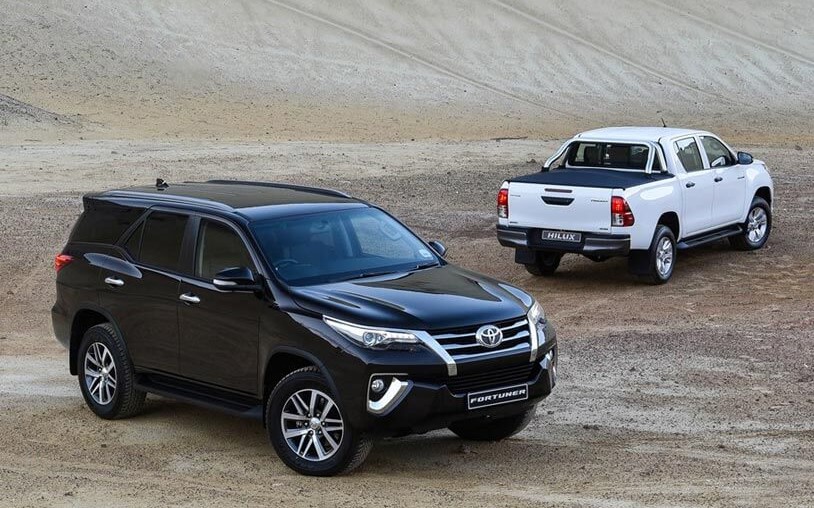
This stands in stark contrast to the sales of expensive crossovers & SUVs, which are flying off the shelves. Despite apparent odds, new models on the market such as Sazgar’s Haval H6, and Chery’s Tigo have sold in decent numbers. Super-expensive Toyota Fortuner and Hilux have witnessed only a 31% decline in sales whereas Hyundai Tucson has witnessed a marginal 2.4% reduction. Kia is not a member of PAMA but according to unofficial stats, while sales of its least expensive Picanto hatchback have nosedived, the Sportage has been its top seller the price of which goes as high as PKR 93.0 lac.
Related: The Expensive Crossover Conundrum: A Closer Look at Automaker Priorities
About 10% of all passenger vehicle sales were 4x4s and SUVs in the previous year FY22. Given how awful the economy is, this has increased dramatically to 19% of overall volumes in FY23. SUV sales have been boosted by more models being launched in the country, a wider range of options, and restrictions on CBU imports. Additionally, it appears that consumers have enough resources to purchase pricey premium models (without financing) even when the country is dangling in the situation of “either about to default or will survive another day.”
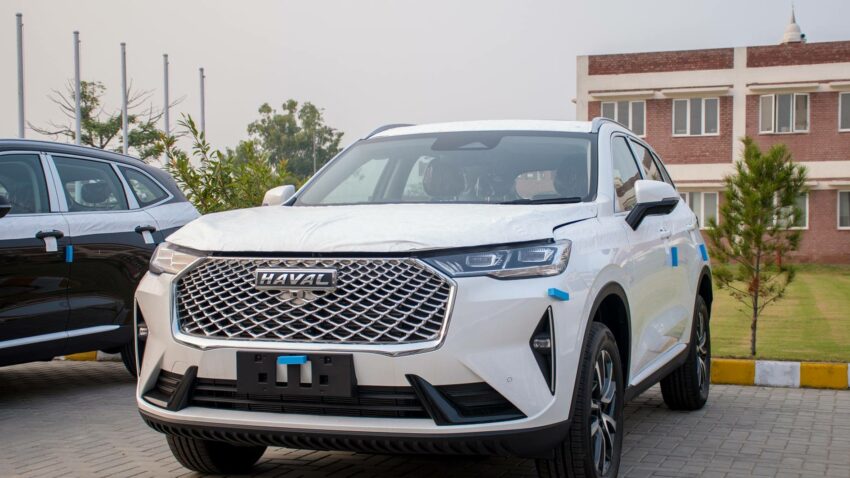
Since consumers are still purchasing larger & expensive automobiles in significant numbers, it is not surprising to see both established brands and newcomers launching extremely expensive vehicles during the worst economic conditions. In contrast, mass-market car sales are significantly declining. As opposed to selling thousands of cars with little profits and carrying the burden of providing top-notch after-sales support to each & every customer, these expensive cars give the automakers ample profit margins against a very small number of sales, and with fewer units comes lesser worry about providing a satisfactory after-sales service.
Related: Petrol Index 2023: Pakistan at the Bottom of Worldwide Petrol Cost Ranking
Assemblers’ trust will be restored by the eventual IMF bailout and the lifting of import restrictions, but concerns that high-interest rates will destroy demand derived from bank financing will continue to exist. In the midst of this, sales of expensive 4x4s and SUVs are likely to creep up as the economic divide continues to widen. But for the industry as a whole, overall sales volume will come down further due to mass market options going beyond the reach of common buyers.

A computer animation professional with over 23 years of industry experience having served in leading organizations, TV channels & production facilities in Pakistan. An avid car enthusiast and petrolhead with an affection to deliver quality content to help shape opinions. Formerly written for PakWheels as well as major publications including Dawn. Founder of CarSpiritPK.com

